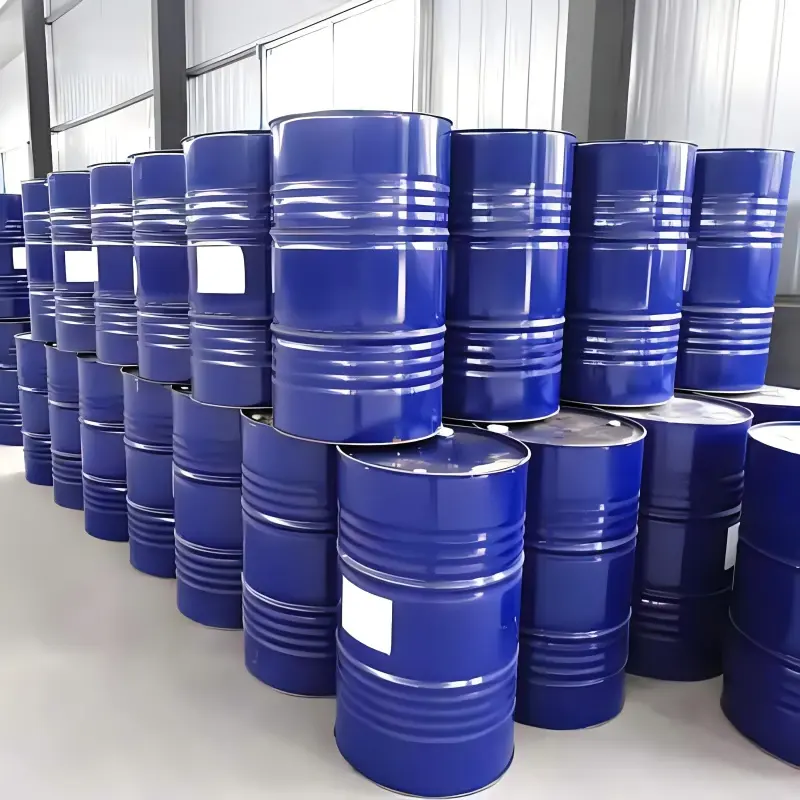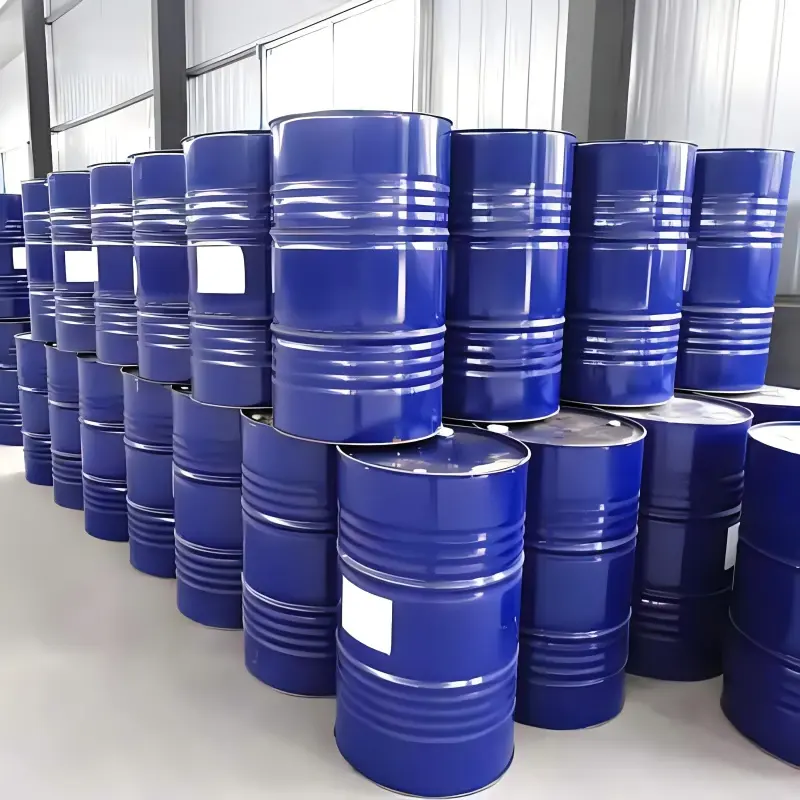Methyl Butyryl Acetate, with the CAS number 30414-54-1, is a chemical compound belonging to the ester group. It is commonly used in the flavor and fragrance industry due to its fruity and sweet aroma profile.
This compound is often employed as a flavoring agent in various food and beverage products, including candies, desserts, beverages, and baked goods, to enhance their taste and aroma. It is also used in the production of perfumes and cosmetics to impart pleasant fragrances.

Methyl Butyryl Acetate is considered safe for use in these applications when used in accordance with specified guidelines and regulations established by relevant regulatory bodies, such as the Food and Drug Administration (FDA) in the United States or the European Food Safety Authority (EFSA) in the European Union.
Chinese name: Methyl butyrylacetate; Methyl n-butyrylacetate
English name: Methyl Butyryl Acetate; Methyl 3-oxocaproate
Methyl 3-oxohexanoate;Methyl Butyrylacetate;3-oxohexanoic Acid Methyl Ester;Butyrylacetic Acid Methyl Ester
CAS: 30414-54-1
Molecular formula: C7H12O3
Content: more than 98%
Properties: Colorless, transparent and clear liquid
What is Methyl Butyryl Acetate use for?
Methyl Butyryl Acetate, with the CAS number 30414-54-1, is primarily used as a flavoring agent and fragrance compound. Its fruity and sweet aroma makes it suitable for various applications in the food, beverage, perfume, and cosmetic industries. Some common uses of Methyl Butyryl Acetate include:
Food and Beverage Industry: It is used as a flavoring agent to impart fruity and sweet notes to a wide range of food products, including candies, desserts, beverages, and baked goods.
Perfume Industry: Methyl Butyryl Acetate is utilized in the production of perfumes and colognes to add fruity and floral nuances to fragrance compositions. It contributes to the overall scent profile, providing depth and complexity to perfumes.
Cosmetics Industry: In cosmetics and personal care products, Methyl Butyryl Acetate is added for its pleasant fragrance properties. It can be found in various products such as lotions, creams, and soaps, enhancing their aroma.
Industrial Applications: Methyl Butyryl Acetate may also find application in industrial products, such as cleaning agents and solvents, although its use in these areas is less common compared to its use in the flavor and fragrance industry.
Overall, Methyl Butyryl Acetate is valued for its ability to enhance the sensory experience of consumer products by providing desirable fruity and sweet aromas.
How to make Methyl Butyryl Acetate?
The synthesis of Methyl Butyryl Acetate (CAS No: 30414-54-1) involves the reaction between methyl butyrate and acetic acid, typically in the presence of an acid catalyst such as sulfuric acid. The reaction proceeds through an esterification process, where the carboxylic acid group of both reactants undergoes a condensation reaction, resulting in the formation of the ester and water as a byproduct. Here's a simplified representation of the reaction:
Methyl Butyrate + Acetic Acid ⟶ Methyl Butyryl Acetate + Water
This reaction is reversible, meaning that it can be driven forward by using excess of one of the reactants or by removing water from the reaction mixture to shift the equilibrium towards the formation of the desired ester.
The reaction typically takes place under reflux conditions, where the reaction mixture is heated to the boiling point of the solvent (acetic acid in this case) and maintained at that temperature for a certain period. After completion of the reaction, the mixture is usually cooled and the ester product is separated from the reaction mixture by methods such as distillation or extraction.
The specific conditions (temperature, reaction time, catalyst concentration, etc.) may vary depending on the scale of the reaction, desired purity of the product, and other factors. It's important to note that chemical synthesis should be performed by trained professionals in appropriate laboratory settings, following safety guidelines and regulations. Additionally, the synthesis of Methyl Butyryl Acetate may be subject to intellectual property rights or patents, so it's essential to ensure compliance with relevant legal considerations.
